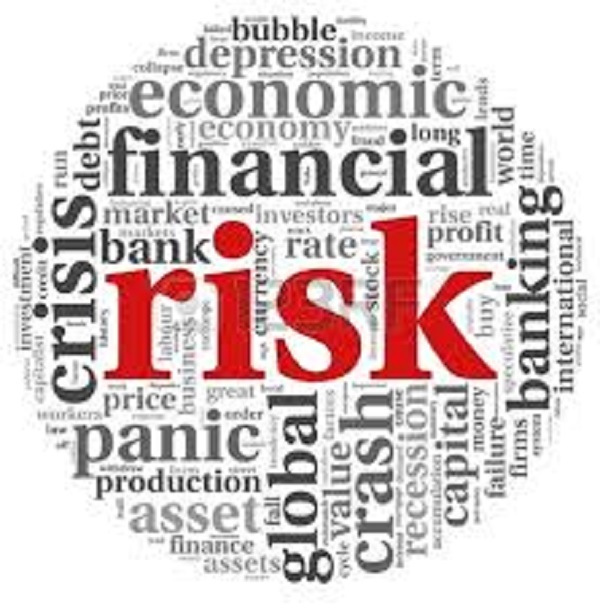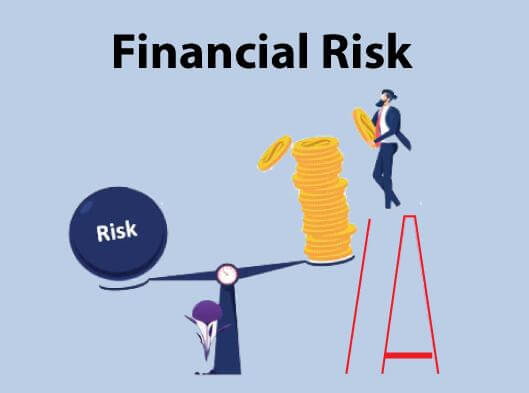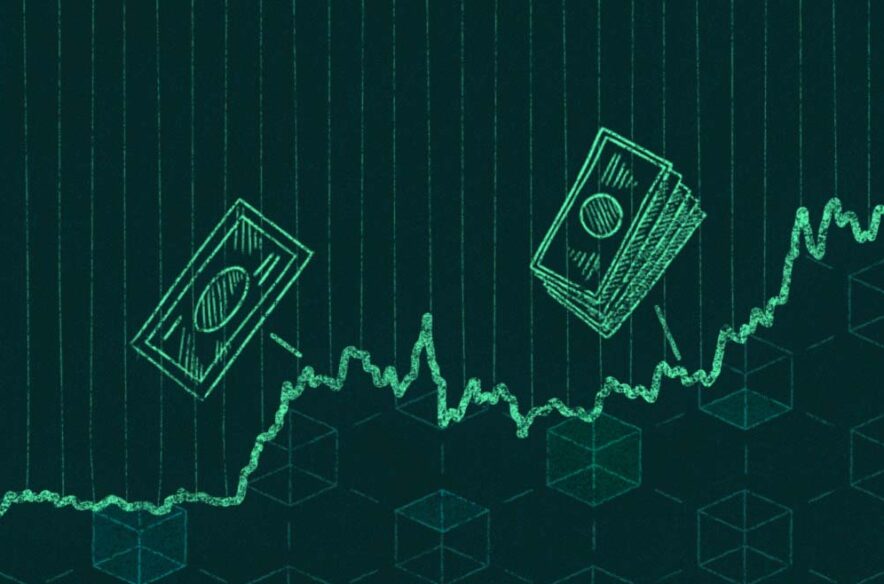Some high-risk tools for finance

We have talked about some low-risk investment varieties. In fact, the "actual annual return" of these low-risk varieties is only about 2.0%. Although some reliable bank financial management can give more than 5.5% of the actual income due, don't forget that it is only the nominal interest rate.
Inflation has no statistics, but it can reluctantly refer to CPI. CPI was 2.6% last year and 2.5% so far this year. "Correction," the visual inflation rate is not more than 3.5%. So accurate interest rates are just a little left.
Therefore, the above low-risk varieties are actually just some cash management tools and lazy financial management, and their yields may not meet everyone's appetite. Here are some types with high risks and possible losses. It should be reminded that there is no free lunch, and you can't enjoy high returns without spending a lot of energy on study and research. In order to obtain higher returns and control risks at the same time, we can only find suitable varieties and then constantly try and error, summarize and grow.
Structured products: in fact, this thing also belongs to the category of bank financial products in a broad sense, but its risk and risk compensation are qualitatively different from traditional bank financial products. In particular, the gap between "expected return" and "nature of agreement" makes it necessary to completely distinguish it from the previously mentioned financial management.
Expected return: there are many kinds of structured products, which mainly refer to Principal Guaranteed structured bank financial management (guaranteeing 100% principal) and non-principal guaranteed (guaranteeing 90% principal). Among them, the Principal secured a 100% principal guarantee commitment made by the bank itself. Some people may think that the capital preservation of traditional financial management is also guaranteed by banks. How can their risk assessment be different?

The so-called investment risk does not mean the risk of principal loss but the risk that the level of return does not reach reasonable expectations. The actual income of traditional financial management does not meet expectations, and the proportion is tiny. It is not uncommon for capital-guaranteed structured products to finally only keep the Principal. Moreover, the cycle of such products is generally longer (1 to 3 years). If you eventually repay 100% of your principal due, you will not lose money but lose a lot.
In addition, the terms of such products generally say that banks can terminate unilaterally, while investors can not redeem (or redeem under harsh conditions). When will banks end? When extreme situations occur in the market to which the product is linked (generally linking domestic and foreign stock markets or interest rates). Traditional financial management does not guarantee Principal and interest when extreme situations occur in the bank itself. There is a difference in the probability of the above two "extreme situations," and I think the former is more likely.
Don't look at the expected returns of 9%, 10%, or even more than 12%. Look at the data: the average actual yield on the maturity of structured products was 4.82%, while that of traditional financial management was 5.15%. Do not equate the "expected return" of structured products with the "expected return" we are familiar with in traditional financial management.

(Writer:Juliy)





